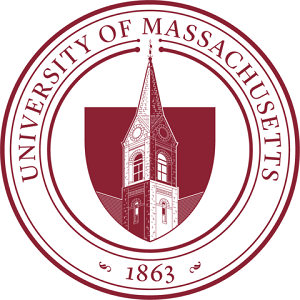

PET-RAFT Synthesis of Hydrogels
- Presenter
- Viktor Insanic
- Campus
- UMass Amherst
- Sponsor
- Shelly Peyton, Department of Chemical Engineering, UMass Amherst
- Schedule
- Session 4, 2:30 PM - 3:15 PM [Schedule by Time][Poster Grid for Time/Location]
- Location
- Poster Board A71, Campus Center Auditorium, Row 4 (A61-A80) [Poster Location Map]
- Abstract
- Hydrogels are 3D polymer networks that can better replicate the natural environment of cells compared to more traditional cell culture methods such as flat, 2D plastic flasks. Current methods for hydrogel synthesis in cell culture often utilize exogenous radical initiators or high energy light, harming cells in the process. Here, we demonstrate a new strategy utilizing photoinduced electron transfer – reversible addition-fragmentation chain transfer (PET-RAFT) to crosslink several PEGs bearing vinyl pendant groups in response to blue light and at physiological conditions. We synthesized bifunctional PEG 1,2-(butylthiocarbonothioylthio) propanoic acid, bearing end groups that are able to be reduced by excited Eosin Y in the presence of triethanolamine under 465 nm light to form RAFT adduct radicals. These radicals are able to form permanent bonds with a variety of vinyl-functionalized PEGs including (meth)acrylates and vinyl sulfones, yielding a solid gel in as little as five minutes. Crosslinking occurs rapidly even in the presence of oxygen. As a result, this visible light crosslinking technique is well suited to cell culture applications, which have strict conditions needed to preserve cell viability, as well as facilitating high-throughput experiments. Additionally, this technique enables the creation of cell environments with regions of different stiffness, as well as post-gelation modifications.
- Keywords
- Hydrogels, PET-RAFT, Cell Culture
- Research Area
- Chemistry and Materials Science
SIMILAR ABSTRACTS (BY KEYWORD)
| Research Area | Presenter | Title | Keywords |
|---|---|---|---|
| Engineering | Pepper, Benjamin Paul | Hydrogels | |
| Cancer Studies | Muse, Jack | cell culture | |
| Cancer Studies | Berberian, Narine Lucia | cell culture |
